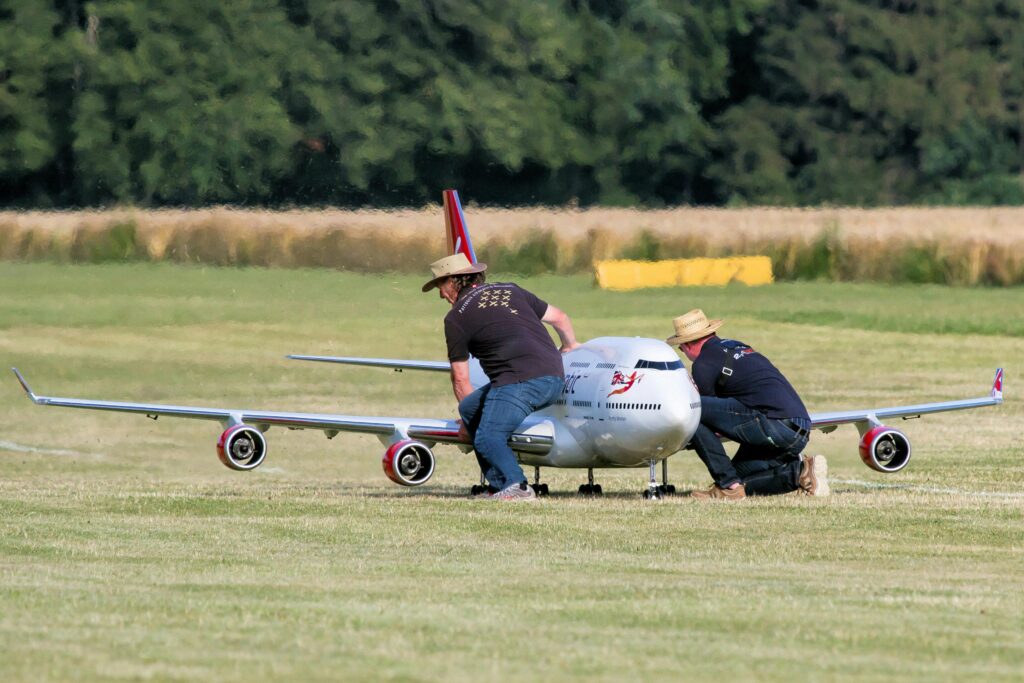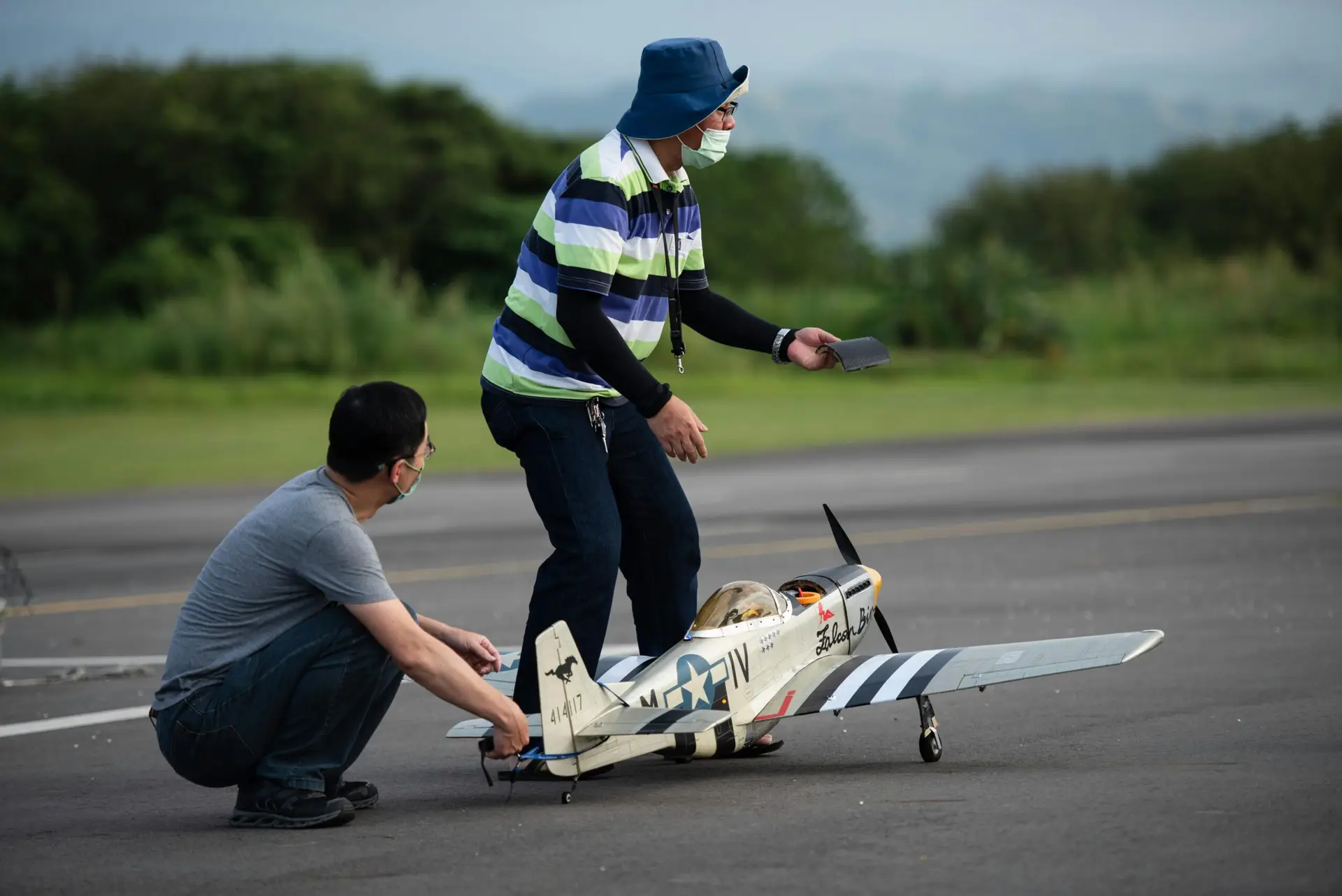Once you’ve mastered the basics of RC planes, the next step is taking your builds to the next level. Advanced RC planes are more than just foam trainers—they’re precision machines designed for speed, aerobatics, or scale realism. With modern tools like 3D printers, fiberglass molding, and top-tier electronics, hobbyists can now create models that rival professional kits in both performance and durability. If you’re ready to elevate your building game, here’s how to get started.
Why Build Advanced RC Planes?
Advanced builds offer benefits beyond just “fancier planes.” They allow you to:
- Customize every detail to match your flying style.
- Build stronger, lighter airframes with advanced materials.
- Experiment with new technologies, like 3D-printed parts or carbon fiber reinforcements.
- Achieve professional-level performance for aerobatics, racing, or scale modeling.
This path does require more tools, knowledge, and patience—but the payoff is a high-performance plane that’s uniquely yours.

Materials for Advanced Builds
- 3D-Printed Parts
- PLA and PETG are common for structural pieces like motor mounts and landing gear.
- Lightweight PLA or special foaming filaments can be used for fuselages and wings.
- CAD software lets you design or modify parts before printing, ensuring precision.
- Fiberglass and Carbon Fiber
- Fiberglass sheets or cloth can be laid over foam or wooden frames to create durable, aerodynamic shells.
- Carbon fiber rods are excellent for reinforcing wings and spars, adding strength without extra weight.
- High-Quality Electronics
- Brushless motors with high power-to-weight ratios.
- Digital servos for faster, more accurate control.
- Advanced transmitters with multiple flight modes, telemetry, and programmable mixes.
- High-capacity LiPo or Li-Ion batteries for longer flight times.
Building Techniques
- 3D Printing Custom Parts
Instead of relying on off-the-shelf components, you can design parts like control horns, hinges, and even entire fuselages. Printing allows for complex shapes that would be difficult to craft manually. Just keep weight in mind—thin walls and honeycomb infills work best. - Fiberglass and Resin Molding
To create sleek, aerodynamic shells, builders often make foam cores, then apply layers of fiberglass cloth soaked in epoxy resin. Once cured, the result is a strong, smooth surface that can be sanded and painted for a professional finish. - Precision Assembly
With advanced planes, small mistakes in alignment can drastically affect flight performance. Use digital calipers, balance tools, and jigs to ensure everything is perfectly straight and balanced. - Weight and Balance Management
Advanced planes often carry heavier electronics, so careful attention to the center of gravity is critical. Builders sometimes design battery trays or adjustable mounts to fine-tune balance.
Performance Tuning
Once your plane is built, the fine-tuning begins:
- Aerodynamics – Sand and polish fiberglass or 3D-printed surfaces to reduce drag.
- Control Settings – Use programmable transmitters to adjust servo travel, dual rates, and exponential settings.
- Power Management – Monitor voltage and current draw with onboard telemetry to prevent mid-flight surprises.

The Reward of Advanced Builds Unlike beginner planes, advanced RC aircraft aren’t just about flying—they’re about engineering. You’ll experiment with design, materials, and performance in ways that mirror real aviation. Crashes may be more painful (both emotionally and financially), but the satisfaction of seeing a high-performance plane you built soar across the sky makes it worthwhile.

Leave a Reply